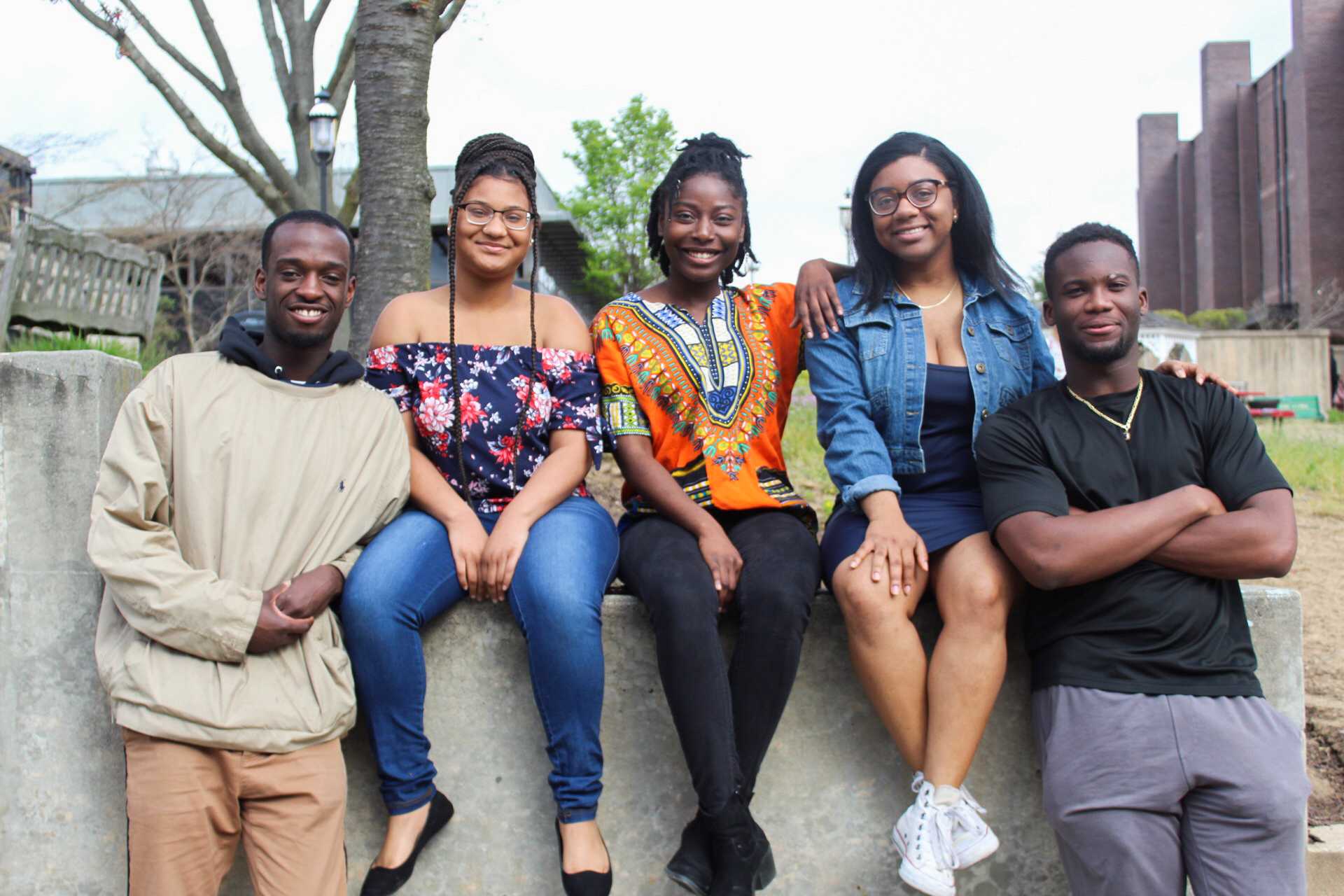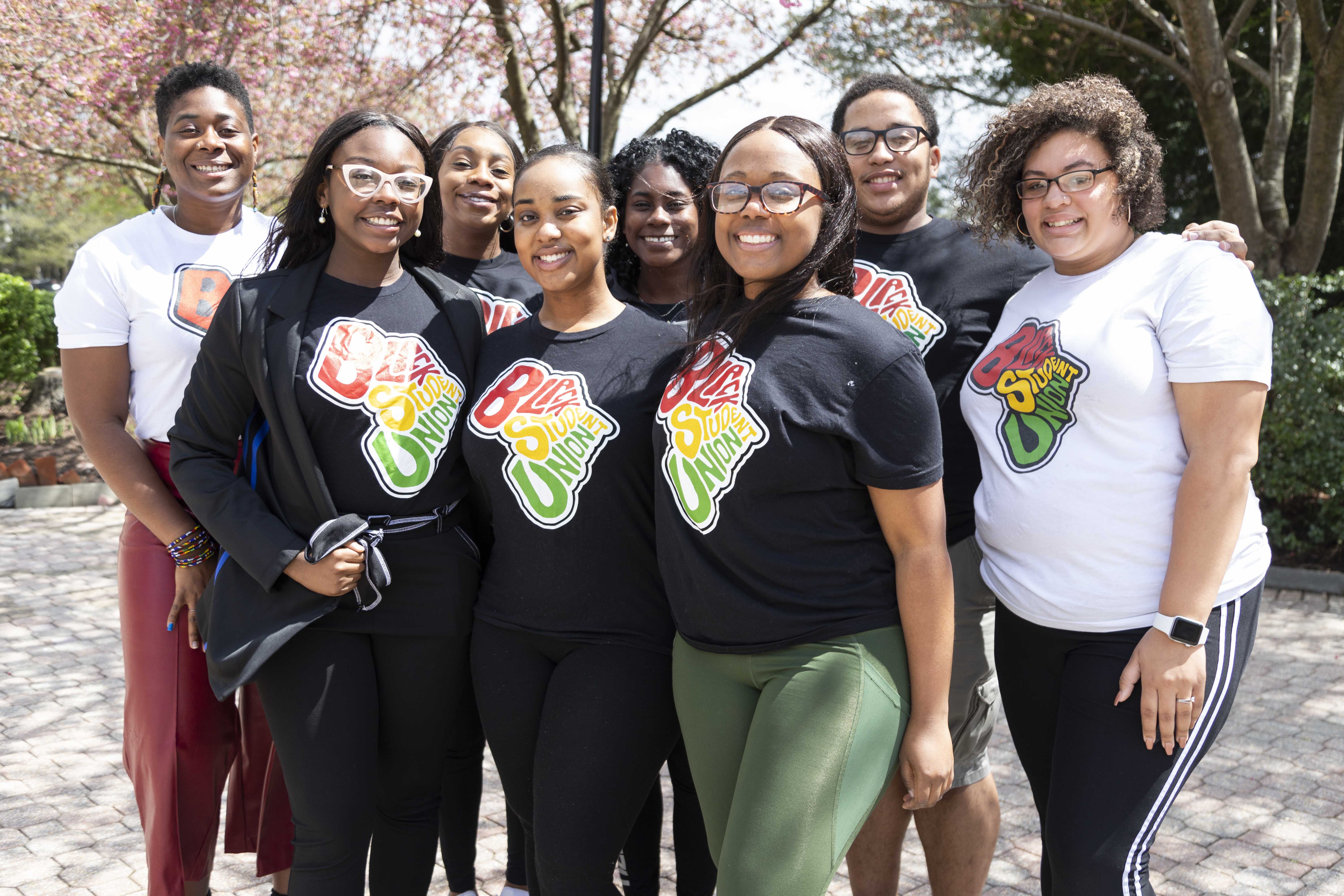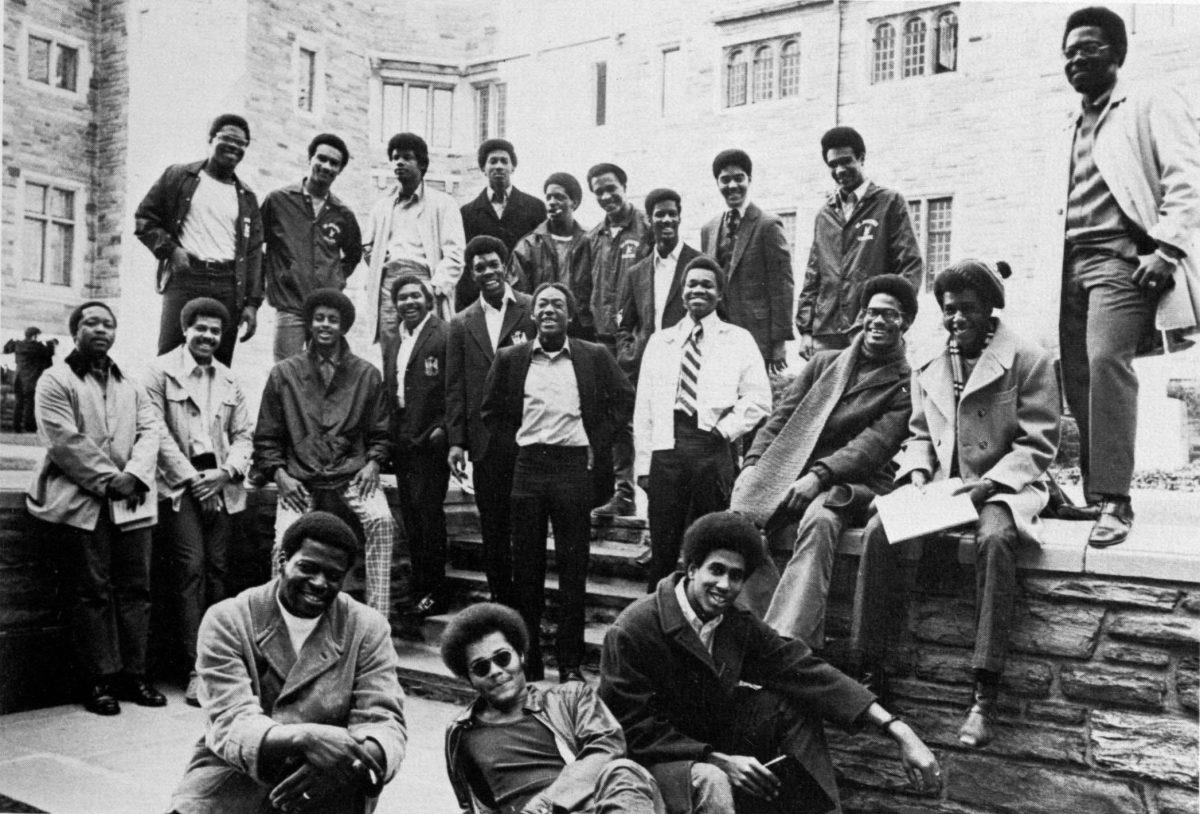Black students attending St. Joe’s in the early 1970s created a student group called the Black Awareness Society (BAS), partly as a response to the growing civil rights movement.
Mike Bantom ’73 was an early member of the BAS. An All-American in the 1972-1973 men’s basketball season, he said black students wanted to assert their identity and wanted their voices to be heard.
“It was a time when our culture, our music, everything was screaming black awareness, black pride,” said Bantom, now executive vice president of league operations and head of basketball development for the NBA. “We wanted to be part of that.”
The BAS is an example of an affinity group, similar to other subgroups on colleges campuses, that allow people to have a sense of their uniqueness and their anonymity, according to Sarah Willie-LeBreton, Ph.D., professor of sociology and provost at Swarthmore College.
“[Affinity] groups allow people to remind each other they’re not homogenous themselves,” Willie-LeBreton said. “Even these affinity groups are pretty diverse within them, but they help folks in them to remind each other that there is diversity among them. All black students on campus are not alike, all Latinx students are not alike, all Asian students are not alike.”
Affinity groups that are part of St. Joe’s Office of Inclusion and Diversity include the Black Student Union (BSU), the Asian Student Association (ASA), the Caribbean Student Association (CSA), the Latino Student Association (LSA), SJU Pride, SJU Naturals, Higher Destination Choir, the International Student Association and Bridging the Gap (BTG). These groups are not exclusively for students of color, but they provide safe spaces for students who share an identity, in this case a marginalized identity.
According St. Joe’s office of Student Leadership and Activities, there are 90 registered student organizations on campus, including sororities and fraternities.
On a campus where almost 80% of students self-identify as white, there is a need for spaces for students of color, said Natalie Walker Brown, M.S., director for Student Inclusion and Diversity.
“The importance comes from the desire to be part of something, to be part of a community, to connect with other people that may be coming from similar backgrounds, speak the same languages, have similar life experiences,” Walker Brown said. “A lot of times, majority groups don’t necessarily see those things. They don’t understand sometimes what it’s like to go your entire day and never see someone that looks like you.”
Willie-LeBreton said racism remains a serious problem in the U.S., and the affinity groups today, a direct outgrowth of the groups from the 1970s, fulfill the same critical need.
“It’s hard for some dominant group members to understand that while the civil rights movement and different liberation movements that it inspired were successful, they were not complete,” Willie-LeBreton said. “The intransigence of structural racism remains with us to such a dramatic degree that it is frightening.”
Bantom said people within St. Joe’s community questioned the need for the BAS when it was established.
“There was a lot of subtle pushback about us,” Bantom said. “‘Why do we have to have a Black Student Union?’ like we were separating ourselves from the larger society there. But you have to ignore that because the reality is that racism does still exist, whether its conscious or unconscious.”

Ckyam Saint-Cyr ’19, president and founder of the CSA, said she started the organization on campus to provide a space where she and other Caribbean students can express themselves.
“I like being Caribbean, and I like celebrating being Caribbean,” Saint-Cyr said. “Coming here, I knew it was predominately white and that I was going to need that space. I can relate to other people who are Caribbean, and I knew I wasn’t going to find a lot of people here who are like that.”
Willie-LeBreton said affinity groups do programming for the larger campus so other members of the campus community are able to see and appreciate the heterogeneity of each of those subgroups.
“There’s a difference between having time for people who identify with the group to have the space to be in conversation with each other and often supporting each other,” Willie-LeBreton said. “But then there’s a different role they play in terms of offering programming for the larger community that invites dominant group members and anybody else in. I think those two roles are really important, and both of those should be lifted up and celebrated.”
Fatmata Sakho ’21, a member of CSA, said the group brings people together with its annual fashion show and the Taste of the World event in which the CSA participates with other student organizations.
“It’s important to have clubs and organizations like this where people are going to be aware of different cultural things like food, clothing or languages,” Sakho said. “It is a way for all of us to be accepting of each other.”
Willie-LeBreton said these organizations are not only a support system for
minority students on campus, but they are crucial to make it through the college experience in a lot of cases.
“If you don’t have that group and the only people who are reflecting back to you a sense of reality are people who have very different experiences from yours and are members of the dominant group, then you and they together can begin to have a warped sense of social reality,” Willie-LeBreton said.

Jane Ingram ’20, co-president of the BSU, said she joined BSU after having a conversation with the organization’s leadership about being black at St. Joe’s during her first year.
“I wanted to connect with the black community more because I feel like I was kind of closed off at the time,” Ingram said. “BSU really allowed me to open up about my culture, where I come from, the family history I have.”

Izabelle Valentin ’20, president of the LSA, said she joined the LSA to connect with other students who identify as Latinx.
“Coming into this campus, I was fortunate enough to have met other Latinx people who lived in my suite, but I know that’s not the case for everyone,” Valentin said. “I wanted to be part of something which allows other individuals who identify as Latinx to come together in a space that they feel comfortable in and welcomed in.”
Ingram said the BSU not only aims to make the campus community more comfortable with black culture in their programming, but they also take initiative in creating a more inclusive and diverse campus environment.
“The past year, we’ve had a lot of things going on on campus, and I think BSU has really tried their best to be at the forefront of it and guide the community to a place of peace and prosperity,” Ingram said.















































